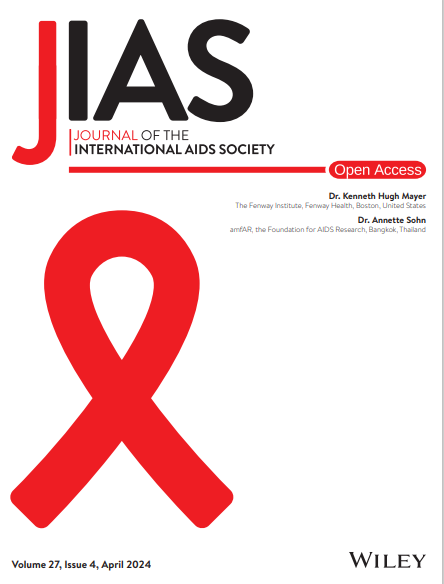Combining HIV prevention Options with Mental health service delivery for Adolescent girls and young women (CHOMA): results of a pilot hybrid effectiveness-implementation randomized trial in South Africa
Abstract
Introduction
Adolescent girls and young women (AGYW) at risk of HIV frequently have symptoms of common mental disorders (CMDs), which are associated with lower pre-exposure prophylaxis (PrEP) adherence. We conducted a pilot hybrid effectiveness-implementation trial (CHOMA) to evaluate whether an evidence-based mental health intervention adapted for PrEP delivery (“Youth Friendship Bench SA”) could address CMD and PrEP adherence among South African AGYW.
Methods
CHOMA was conducted in Johannesburg from April 2023 to February 2024. We enrolled AGYW (18−25 years) who were already on or willing to initiate PrEP and had CMD symptoms (Self-Reporting Questionnaire 20-item [SRQ-20]≥7). Participants were randomized to our Youth Friendship Bench SA intervention (five problem-solving sessions with a lay counsellor, one group session) or standard-of-care CMD services (brief CMD assessment, referral). Counselling sessions occurred at enrolment and Weeks 2, 4, 8 and 12. Co-primary outcomes were PrEP adherence (positive result on a urine tenofovir assay) and reduced CMD symptoms (SRQ-20<7) at Week 12 and, secondarily, Week 4. We used Poisson regression to assess intervention effects and summarized responses to three validated scales assessing intervention acceptability, appropriateness and feasibility (ranges: 1–4).
Results
Of 116 AGYW enrolled, the median SRQ-20 score was 9. We retained 69% through Week 12. Of 57 intervention participants, 64.9% (N = 37) received four or more sessions. At Week 4, 29/36 (80.6%) participants in the intervention and 25/41 (61.0%) in the standard-of-care had recent PrEP use (RR = 1.40; 95% CI = 1.03−1.89; p = 0.03), but this was not sustained through Week 12 (RR = 0.88; 95% CI = 0.64−1.22; p = 0.44). Enrolment SRQ-20 score was not associated with Week 12 PrEP adherence or retention. CMD symptoms did not differ by arm at Week 4 or 12, although the proportion with SRQ-20 scores >7 decreased overall between Weeks 4 (54.5%, 42/77) and 12 (35.0%, 28/80; p = 0.02). Median acceptability, appropriateness and feasibility scores were 3.50, 3.75 and 3.25, respectively.
Conclusions
The intervention improved PrEP adherence at Week 4, although the effect was not durable to Week 12, possibly due to retention challenges. Reductions in CMD symptoms were seen in both arms. Findings suggest different mental health and PrEP support interventions may be needed to improve integrated service delivery among AGYW.


 求助内容:
求助内容: 应助结果提醒方式:
应助结果提醒方式:


